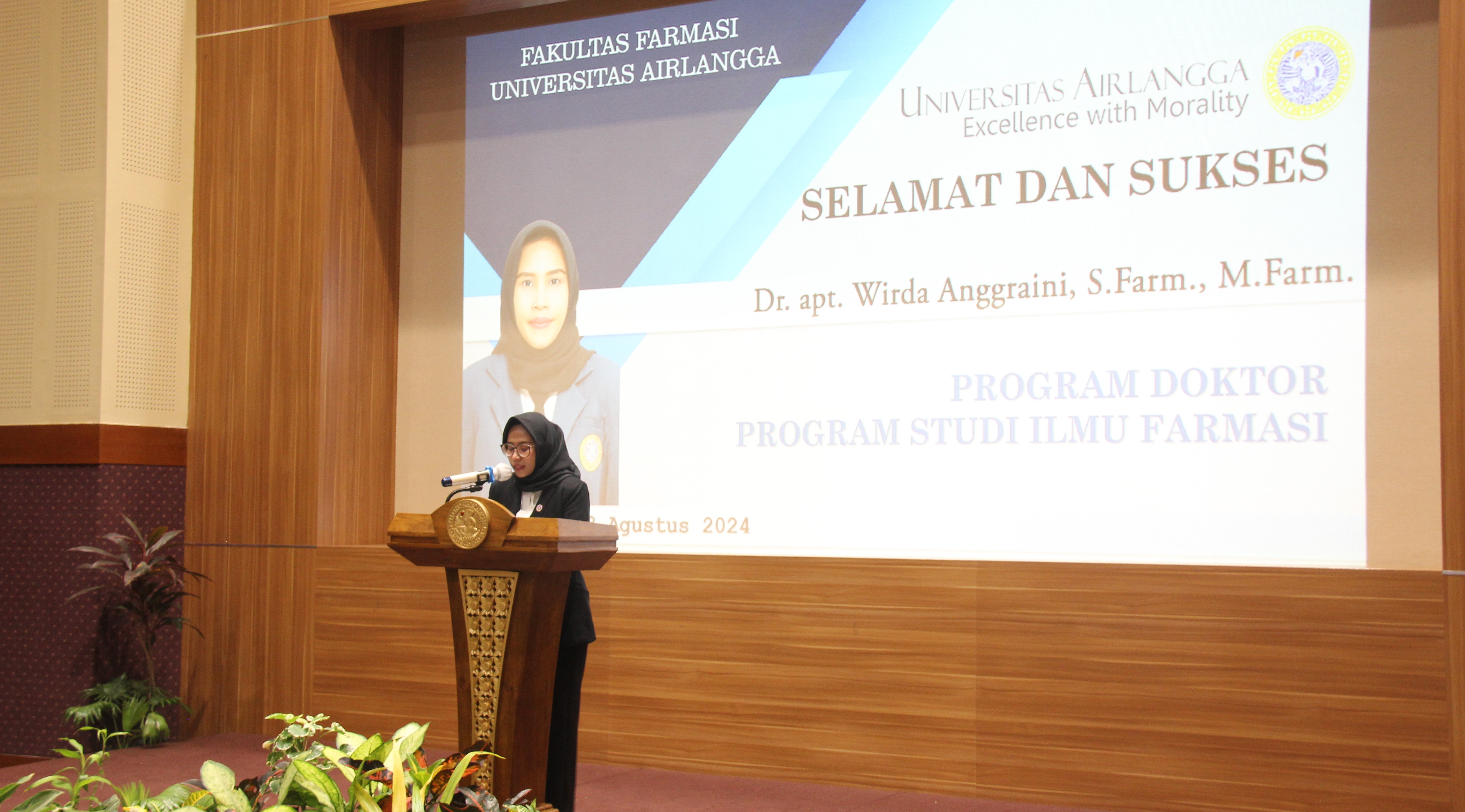Activities and Mechanisms of Ethanol Extract Of Parameria laevigata (Juss.) Moldenke Stem Bark On Candida albicans Biofilm Formation In Silico and In Vitro
Wirda Anggraini
Vulvovaginal Candidiasis is an infection of the vaginal mucosa and/or vulva caused by Candida albicans. This is a fungal that is capable of biofilm formation. Biofilm-forming microbes have greater resistance to antimicrobial agents. Therefore, another alternative is needed by utilizing plants from Parameria laevigata. This research aims to determine the metabolite profile of P. laevigata stem bark (PLSB) ethanol extract, to predict the interaction of Als3p receptor and compounds, and to prove the ability of PLSB ethanol 70% extract (PLE-70) and PLSB ethanol 96% extract (PLE-96) can inhibit the growth and formation of C. albicans biofilms. The ultrasound-assisted Extraction (UAE) method was used for extraction, while the UPLC-QToF-MS/MS instrument was used to determine the metabolite profile. MOE software determined molecular docking between Als3p (PDB id: 4LEB). For the in vitro study a microdilution method. C. albicans from patients diagnosed with vulvovaginal candidiasis. The result showed the predicted 21 compounds. From these results, 5 target compounds were found, namely valyl phenylalanine, fraxetin, myristicin, octabenzone, oleanane, andstigmasta 3,5-dien-7-one. The highest S value was found in the octabenzone compound and can inhibit Als3p in silico. The result showed that PLE-70 and PLE-96 can inhibit the growth and biofilm formation of C. albicans. MIC, MBPC, MBIC (mid-phase), and MBIC (mature- phase) of PLE-70 and PLE-96 were 1 mg/ml. Meanwhile, the MBIC (mature phase) of PLE-96 was 8 mg/ml. There was a correlation between growth inhibition and inhibition of biofilm formation. It was concluded that the PLE-70 and PLE-96 can inhibit C. albicans.
Keywords: Als3p, Antibiofilm, Candidiasis vulvovaginal, Medicine, Microdilution method, Parameria laevigata









